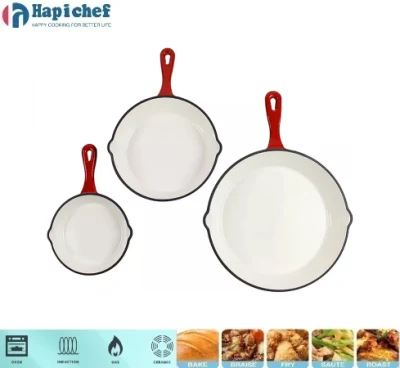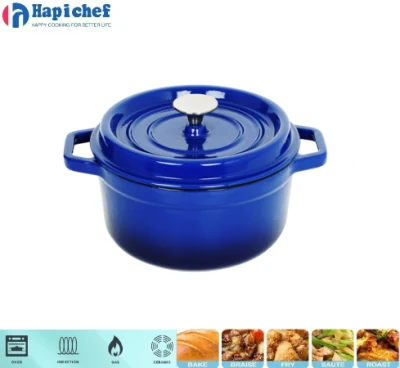cookware
Choosing the right cookware is an essential task for anyone who spends time in the kitchen, be they a novice cook or a seasoned chef. The vast array of options available can be overwhelming, but understanding the unique features and benefits of each type can help make an informed decision to enhance your culinary experience.

Cookware typically falls into several categories stainless steel, cast iron, non-stick, copper, and ceramic, each offering unique advantages. Stainless steel cookware is widely revered for its durability and resistance to rust or staining; it’s a versatile option suitable for almost all cooking surfaces. When using stainless steel, it’s important to note its lack of non-stick properties which, while making it great for browning meats, requires careful handling to prevent sticking.
Cast iron cookware is another favorite for many cooking enthusiasts. Known for its unparalleled heat retention and natural non-stick surface when properly seasoned, cast iron can be a lifetime investment — some even consider it a family heirloom. Cooking with cast iron can enhance flavors, and its durability makes it ideal for both stovetop and oven use. However, it requires specific care to prevent rust, like oiling after use and avoiding soap in daily cleaning.

On the other hand, non-stick cookware provides an easy cooking and cleaning experience due to its coating that prevents food from clinging to the surface. It's perfect for cooking delicate foods like eggs or pancakes. However, it’s important to choose high-quality non-stick pans and use them with care, avoiding metal utensils that can scratch the surface and diminish its effectiveness. Typically, non-stick pans have a shorter lifespan compared to other materials, often needing replacement every few years.
Copper cookware offers excellent thermal conductivity, which means it heats up quickly and distributes heat evenly, providing precise temperature control. This feature makes it a favored choice among professional chefs. Copper's downside, however, is that it requires regular polishing to maintain its luster and can react with acidic foods, so they are often lined with another metal, like stainless steel, to combat this issue.
cookware
Ceramic cookware has gained popularity as a healthier non-stick alternative due to its chemical-free surface. Known for its even cooking and aesthetic appeal, ceramic is relatively easy to clean. However, its non-stick properties tend to degrade over time, and it is more prone to chipping than other materials.
When selecting cookware, consider not only the material but also the type of cookware that fits your cooking habits. If you often prepare stews or soups, a large Dutch oven could be invaluable. For those who frequently sear meats, a good skillet is a must-have. Evaluating the types of meals you most often prepare will guide you in building a tailored collection of cookware that best supports your culinary needs.
While expertise is essential in choosing the right cookware, real-world experience shouldn’t be overlooked. Reading reviews and seeking advice from trusted cooks is invaluable, offering insights that go beyond technical specifications. Personal recommendations can guide you towards brands and shapes that stand out in performance and longevity.
Trust in your choices grows with understanding and experience. Building a cookware collection isn’t just about buying items; it’s about investing in tools that enhance your cooking skills and joy in your kitchen. Over time, as you understand your culinary needs, you'll appreciate a well-curated set of cookware that not only serves its purpose but elevates your cooking endeavors to new heights.
-
Why Ecast Iron Grills Are Heating Up Outdoor CookingNewsMay.23,2025
-
Why Cast Iron Cookware Belongs in Every Kitchen?NewsMay.23,2025
-
Why Cast Iron Bakeware Is a Timeless Kitchen EssentialNewsMay.23,2025
-
Upgrade Your Kitchen with Cast Iron Bakeware SetsNewsMay.23,2025
-
Master Outdoor Cooking with the Camping Dutch OvenNewsMay.23,2025
-
Casserole Cast Iron Cookware for Rich, Slow-Cooked FlavorNewsMay.23,2025
-
The Ultimate Guide to Cast Iron Deep Dish Pizza PerfectionNewsMay.21,2025
